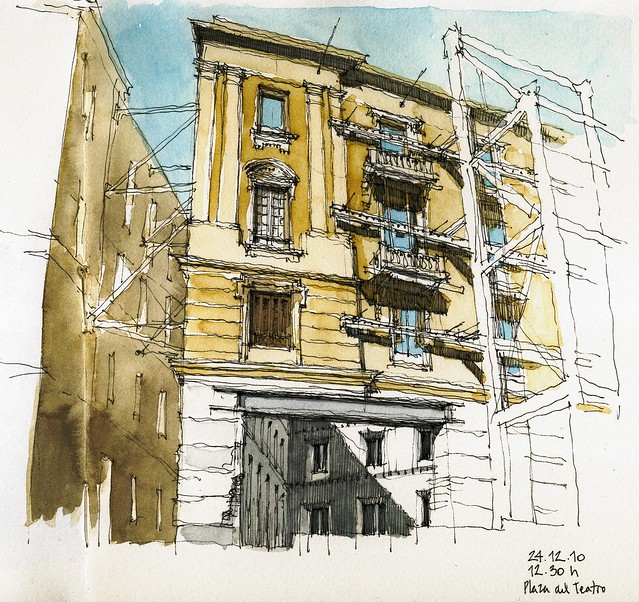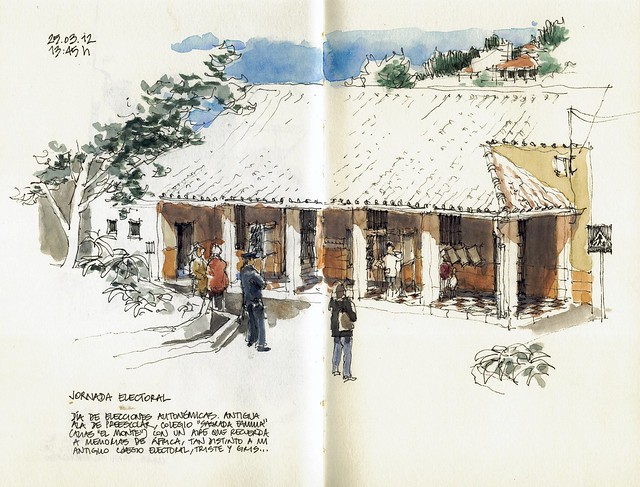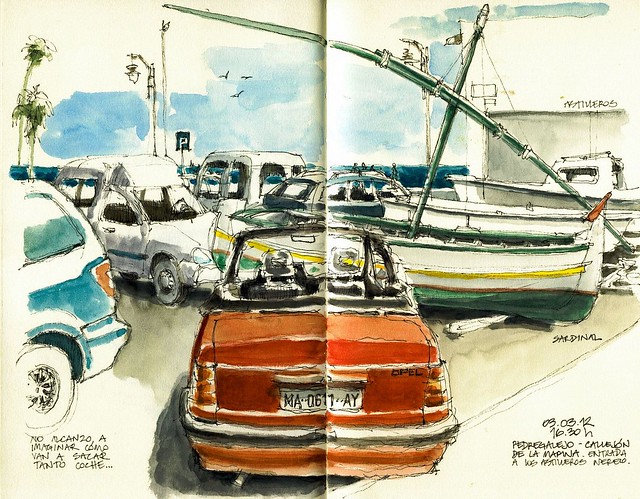 Grigori Potëmkin
Grigori Potëmkin -pronúnciese
Patiomkin- era un aristócrata ruso que, entre otras ocupaciones, además de militar y estadista, era favorito de la zarina Catalina la Grande. Su nombre ha pasado a la posterioridad gracias a la
película que el director de cine
Serguéi Eisenstein le dedicó al célebre acorazado que fue bautizado en su nombre. Pero también se le recuerda por otra actividad: la creación de ciudades ficticias a lo largo del recorrido que había de seguir el cortejo de la zarina por la península de Crimea, con el único fin de hacer creer a Catalina en la prosperidad de los territorios que atravesaba. En efecto, las poblaciones de bellas fachadas que se vislumbraban a través de la ventanilla eran sólo un decorado, un maquillaje que ocultaba la realidad.
El arquitecto
Adolf Loos recordaba esta faceta del príncipe ruso cuando definió a Viena como "ciudad potemkin", aludiendo a la rica ornamentación de las palaciegas fachadas del fin de siècle que, sin embargo, ocultaban vivendas de alquiler mucho más modestas de lo que cabría pensar contemplándolas desde fuera.
En los albores del siglo XXI observamos de nuevo la sombra de Potemkin proyectándose sobre nuestra arquitectura heredada. Arquitecturas que han sido privadas de su sustancia edificada, vaciadas de contenido, convirtiéndose en una simple cáscara, a través de cuyas aberturas vemos el azul del cielo...
Un edificio es un sistema coherente, en el que la fachada es uno más de sus elementos. ¿Será coherente la relación entre la piel del nuevo edificio y su interior?
Grigory Potemkin -pronounced Patyomkin- was a Russian aristocrat who, among other occupations, as well as military and statesman, was a favorite of the Empress Catherine the Great. His name became famous thanks to the film director Sergei Eisenstein dedicated to the famous battleship that was baptized in his name. But he is also remembered for other activities: the creation of fictitious cities along the route to be followed by the cortege of the Empress by the Crimean peninsula, with the sole purpose of making Catherina believe in the prosperity of the territories she was traveling through. Indeed, populations of beautiful facades that were visible through the window was just a decoration, a make-up concealing reality.
The architect Adolf Loos recalled this facet of the Russian prince to Vienna when he defined it as "Potemkin City", referring to the rich ornamentation of the palace facades of the fin de siècle that, however, hid rented flats more modest than one might think, contemplating them from the outside.
In the twenty-first century we again see the shadow of prince Potemkin projected on our inherited architecture. Architectures that have been deprived of its built substance, empty of all content, becoming just a mere shell, through whose openings we see the blue sky ...
A building is a coherent system in which the facade is just one of its elements. Will the relationship between the skin of the new building and its interior be consistent?




